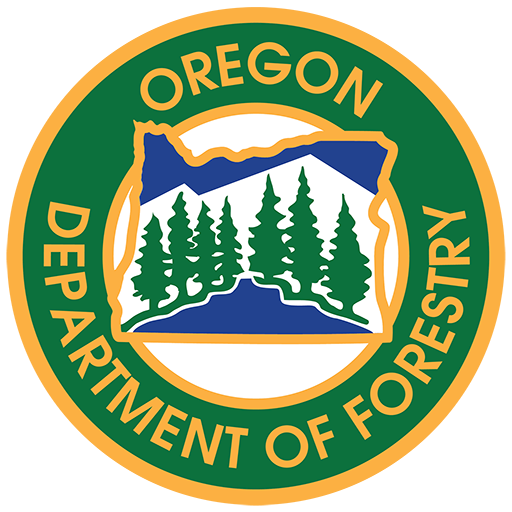ODF Urges Landowners
Not to Burn Due to Weather and Fuel Conditions
[Prineville, Ore.] Oregon Department of Forestry’s (ODF) Central Oregon District is seeing a significant increase in escaped debris and agricultural burns, rekindled slash burns, and fires spread from abandoned campfires across the Central Oregon District. Limited moisture in recent weeks combined with strong winds has resulted in dry vegetation and fuels on the landscape. Cool spring temperatures have reduced green-up of vegetation which typically slows fire growth in wildland fuels this time of year. The Central Oregon District has had eleven fires year-to-date; four times the ten-year-average. These fires have burned more than 200 acres of private lands protected by ODF, the ten-year-average is less than ten acres for the same time-frame.
The current short-term weather outlook is for daytime temperatures to reach 80 degrees or warmer, with no moisture in the ten day forecast. Based on this forecast the Central Oregon District is urging landowners to pause any burning planned at this time until some precipitation is seen on the landscape and the risk of wildfire is reduced. Many local fire departments have canceled burning in recent days due to strong winds in the region.
ODF is focused on preventing wildfire impacts in communities in Central Oregon and reducing human caused fires. “We are strongly recommending landowners not burn for the remainder of this week due to weather and fuel conditions,” says Mike Shaw, ODF’s Central Oregon District Forester. When weather conditions moderate and burning can be accomplished safely landowners should contact their local fire department or ODF office to determine if burning is allowed and if a permit is needed. Safe burning guidelines included keeping the fire small, have water and tools available to suppress the fire if needed, never leave the fire unattended, clear the area surrounding the burn pile to mineral soil, ensure the fire is out (cold to the touch) when burning is complete, and never burn during windy conditions. Additionally, revisit the burn area in the days following to make sure there is no heat remaining. Debris burning includes field/pastures and irrigation ditch burning to reduce thatch.
Abandoned campfires have been linked to several recent fires. Campfires should be small, have fuels cleared away from the fire ring, never be left unattended, and should be completely extinguished prior to leaving. Drowning with water and stirring is the best way to be certain the fire is out.
The responsible party can be cited for an uncontrolled burn and held accountable for the suppression costs of the fire as well as any damage caused by the fire.
